Summary
Have you ever wanted to know what it takes to be a firefighter? You’re not the only one! Many people see firefighters on television or in movies and assume that all it takes is plenty of time at the gym. While strength is an important aspect of the job, the knowledge and technical skills required are equally important. This activity is intended to help you understand the physical and academic requirements that you need to meet in order to become a firefighter.
Overview
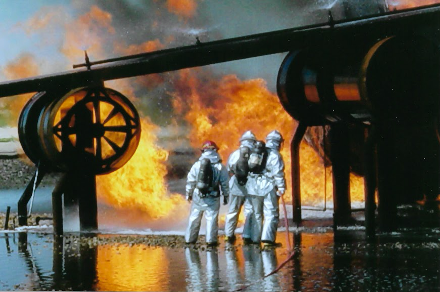
Firefighting is just one option on the Emergency and Fire Management career pathway. This pathway includes all workers who are involved in public safety and who contribute to rapid responses to fires and emergency situations, including natural disasters, accidents, medical emergencies, house fires, aircraft fires, and much more. Firefighting also falls under the larger Career Cluster of Law, Public Safety, and Security.
Regardless of the situation, a firefighter’s job is first and foremost about saving lives. To make this happen, firefighters are highly skilled and technically trained individuals who learn how to prevent the spread of and extinguish damaging fires in buildings. Specialized training is also available for wildland firefighting, aircraft firefighting, aerial firefighting, proximity firefighting, shipboard firefighting, and maritime (sea, ocean) firefighting.
Structural Firefighting
When a fire is within or around a building, it can be dealt with from the inside, outside, or both. The crews that fight the fire from inside a building follow a "two in, two out" rule. Those inside bring a water hose to help cool the fire while searching for people who might be trapped in the building. Crews on the outside might try to fight the fire by directing water through windows or other openings.
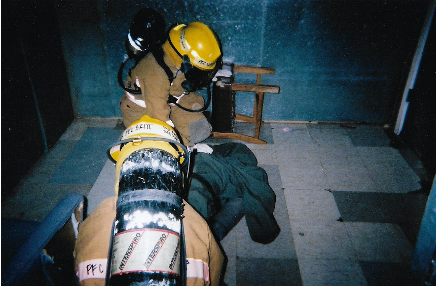
Wildland Firefighting
Fighting a wildland fire requires a unique set of strategies. Often, the firefighters are volunteers and work with aerial firefighting aircraft.
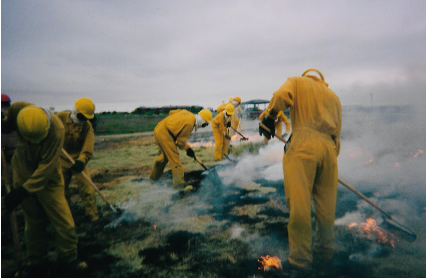
Aircraft Firefighting & Proximity Firefighting
This special category of firefighting involves the emergency response, hazard mitigation, evacuation, and possible rescue of aircraft passengers and crew. Jet fuel floats on the surface of the water, which means traditional firefighting tactics won’t work.

Shipboard Firefighting & Maritime Firefighting
Shipboard fires have the potential to be catastrophic. Those who handle shipboard and marine fire emergencies need unique skills because a ship is like a small city on water.
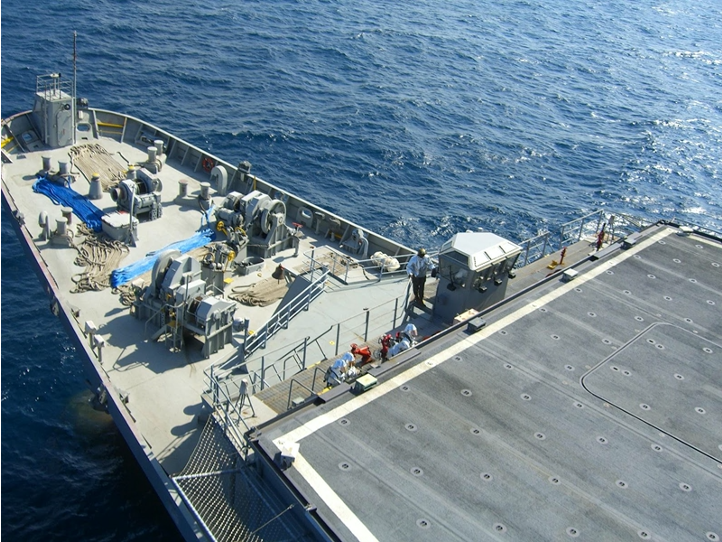
Materials List
Pen or pencil
Internet access
Thick winter or work gloves (optional)
String or fishing line
Bathtub
Plastic drinking cup
This Job Is on Fire—Student Guide (attached) containing:
Tic-Tac-Toe, Three in A Row sheet
Scavenger Hunt sheet
It’s OPTIC-Al sheet
What to Do
Read the directions for the Choice Board activity on page 7. Then, with parent or guardian supervision, gather your materials and complete three activities from the board.
On page 8, read about how the elements in the fire triangle and fire tetrahedron can interact to cause fires. Then, complete the Scavenger Hunt activity on page 9 to find elements from the fire triangle around your home.
On page 10, take a virtual tour through an Oklahoma City fire house to see what it’s really like on the inside. Then, follow the directions on page 10 to complete the It’s OPTIC-Al chart on page 11.
Activity #1 Choice Board
With a Choice Board, you have the opportunity to choose the tasks you want. Choose three options from the six listed below to practice some of the skills you need to become a firefighter.
Materials
Choice Board
String or fishing line
Plastic drinking cup
Instructions
Complete three activities from the board.
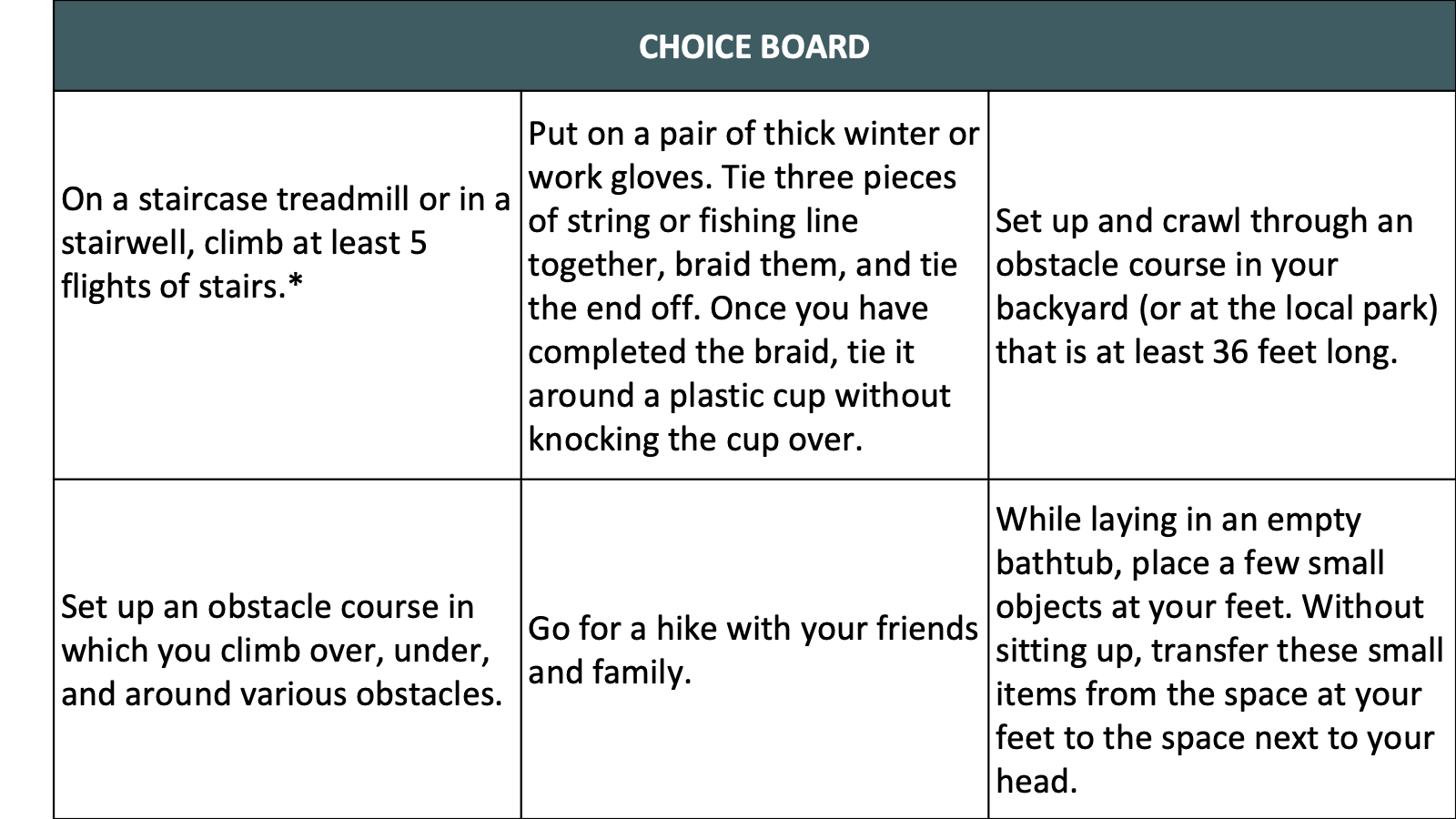
Activity #2 Scavenger Hunt
Firefighting isn’t just about strength and speed. Firefighters also have to understand the basic chemistry of a fire and how it interacts with the elements around it. A fire burns only when there are three components present: heat, fuel, and oxygen. (Fuel is any solid or liquid material that burns easily, such as wood or gasoline.) The fire triangle model represents this relationship. For example:
Heat: A lamp that becomes hot to the touch when left on.
Fuel: A stack of loose papers.
Oxygen: Present in the air.
Remove any one of these components, and a fire can no longer burn. Notice that these three elements together do not always cause a fire to start. However, when all three are present and a fourth component is introduced—a chemical chain reaction—a fire starts. This is represented by the fire tetrahedron model.
Firefighters use the fire triangle and tetrahedron to fight fires more effectively. For example, if you have a pan on the stove and the food in it catches fire, you can put a lid over the pan. Doing so removes oxygen from the situation. Without oxygen feeding the fire, it will eventually go out. You can also remove the pan from the stove and pour water on the food. Doing so removes heat from the mix. (Note: Never do this for a cooking oil fire!) All of the elements in the fire triangle can be found in and around your home—it’s important to keep these elements at a distance from each other to prevent home fires.
Materials
Something to write with
Scavenger Hunt chart
Instructions
Set a timer for five minutes. In those five minutes, search your home for examples of the "heat" element. Write down as many examples as possible in the chart. Repeat with the "fuel" element and the "oxygen" element, taking five minutes for each. (For oxygen, go beyond the oxygen in the air we breathe. Consider anything in your home that adds more oxygen to the environment or that removes it—for example, a fan above the stove that vacuums air up.)
Extend
Being a firefighter in Oklahoma can pose some distinctive challenges and opportunities. For example, because of the frequent occurrence of severe weather in the state, firefighters need to be prepared to respond to weather-related emergencies, such as tornadoes and ice storms. Oklahoma firefighters are also frequently asked to respond to medical emergencies, so EMT training is an important part of many firefighter training programs. Visit the links to the specific programs listed below to learn more about their requirements.
Materials
WiFi or Internet access
Pen or pencil
Paper
Sticky notes
Tug-of-War activity sheet
Instructions
Click the links below to spend some time exploring the various academies and fire colleges in Oklahoma.
Oklahoma City: Oklahoma State University (Oklahoma City)
Tulsa: Tulsa Community College
Stillwater: Oklahoma State University
Enid: Autry Technology Center
Lawton: Great Plains Technology Center
Weatherford: Southwestern Oklahoma State University
Choose the top two academies or colleges that interest you the most.
Using the chart on the next page, identify as many "tugs," or supporting factors that interest you, as possible for each academy or college. Write these tugs on individual sticky notes.
Determine the strength of each tug (that is, how important it is to you) and place each tug on the chart’s tug-of-war rope. Place the strongest tugs at the top end of the rope and the weaker tugs toward the bottom.
Once you have finished adding tugs, determine which school had the strongest tugs overall.

Activity #3 It's OPTIC-al
This virtual tour gives you the chance to explore an Oklahoma City fire Station. You can explore the station’s garage and facilities and even see how its firefighters train.
Link to the tour: OKC Fire Station Virtual Tour
Materials
WiFi or Internet access
Something to write with
It’s OPTIC-Al handout
Instructions
Visit an Oklahoma City Fire Station through the virtual tour.
Tour the station and take your time to look around. Once you finish, look at the It’s OPTIC-Al activity on the next page. Fill in the O: Observations row of the chart, recording things you noticed initially on your tour.
Take the tour a second time. As you do so, complete the remaining rows of the chart.
P: Visual Parts. What small details did you miss the first time you looked around?
T: Title. Write a title that describes what viewers would see when they entered the firehouse.
I: Interrelationships. How do all of the pieces or spaces in the firehouse fit together?
C: Conclusion. What conclusions can you make about the way the firehouse is designed and laid out?
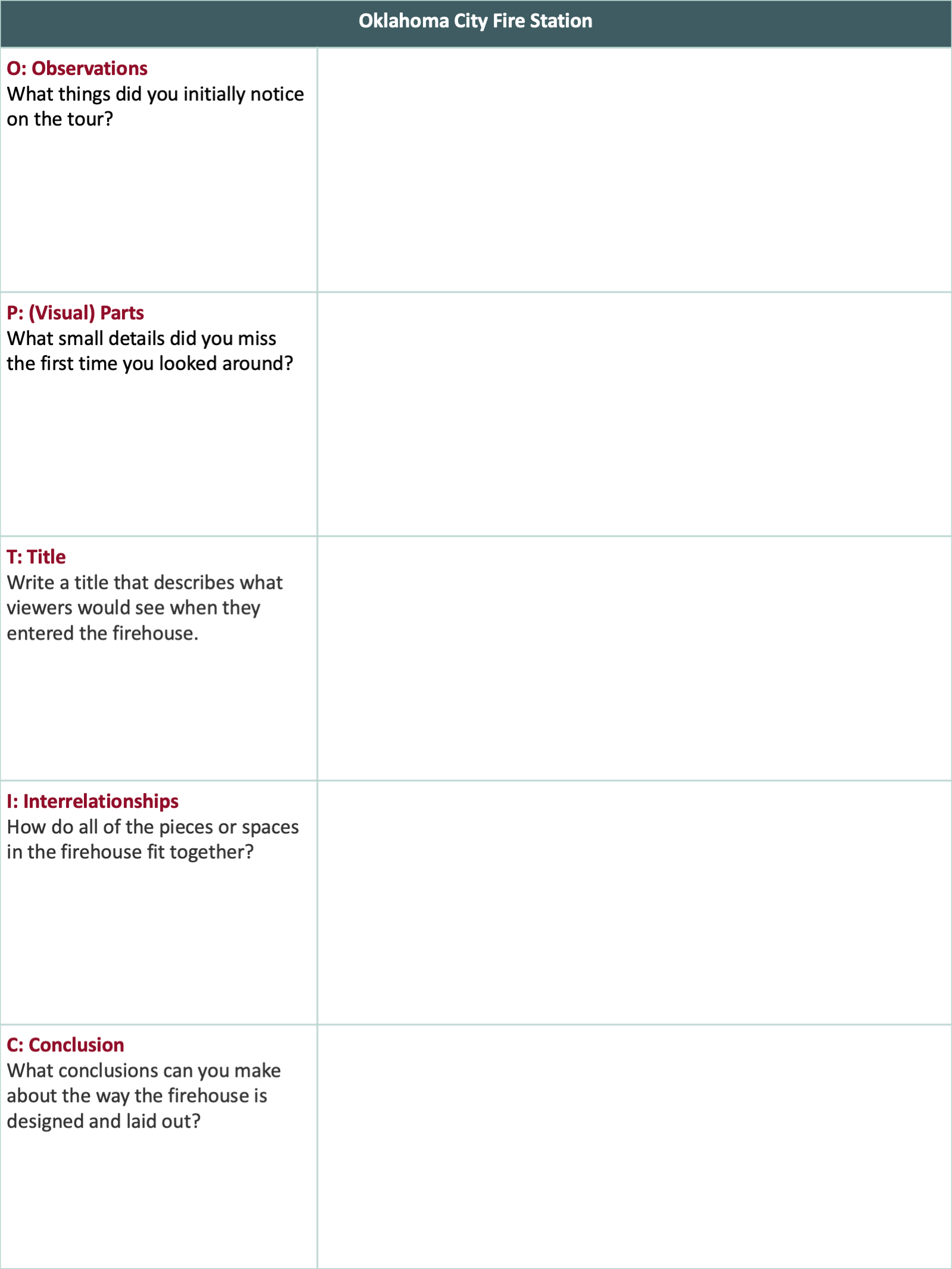
Resources
Chris Morris Photography, LLC. (2018, Feb. 4). Firehouse 21: Virtual tour by MyOklahoma360.com. Chrismpics.com. https://chrismpics.com/vt/firehouse21/firehouse21.html?fbclid=IwAR3QzNtGhu_wjyl12OZQD4cWTusJlDKiM9A3lfpdM3k5bGbTwY9gDmYkA7M
Dorward, L. (2017, September 26). Firefighter physical exam requirements. Career Trend. https://careertrend.com/firefighter-physical-exam-requirements-13637612.html
Fire Facilities, Inc. (2018, February 15). Virtual tour. https://www.firefacilities.com/fire-training-towers/virtual-tours/
FirefighterNOW. (2019, December 26). How to become a firefighter In Oklahoma. https://firefighternow.com/how-to-become-a-firefighter-in-oklahoma/
K20 Center. (n.d.). It’s OPTIC-Al. Strategies. https://learn.k20center.ou.edu/strategy/b30762a7557ba0b391f207f4c600eac6
K20 Center. (n.d.). Tug-of-war. Strategies. https://learn.k20center.ou.edu/strategy/b30762a7557ba0b391f207f4c600e440
K20 Center. (n.d.). Choice boards. Strategies. https://learn.k20center.ou.edu/strategy/7b4de59085f566aa097814b8c0028a61
Link, L. (2004). C-130 jet fuel training fire [Photograph].
Link, L. (2006). Helicopter landing zone safety certification [Photograph].
Link, L. (2004). Wild land training fire [Photograph].
Link, L. (2004). Zero visibility victim rescue during a structure fire [Photograph].
City of Oklahoma City. (n.d.). Requirements. Fire Department. https://www.okc.gov/departments/fire/employment/requirements

